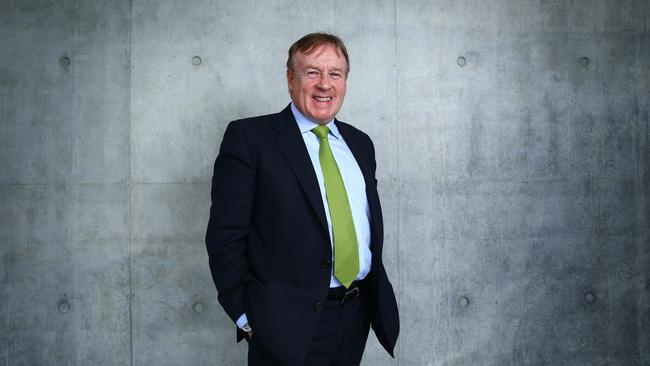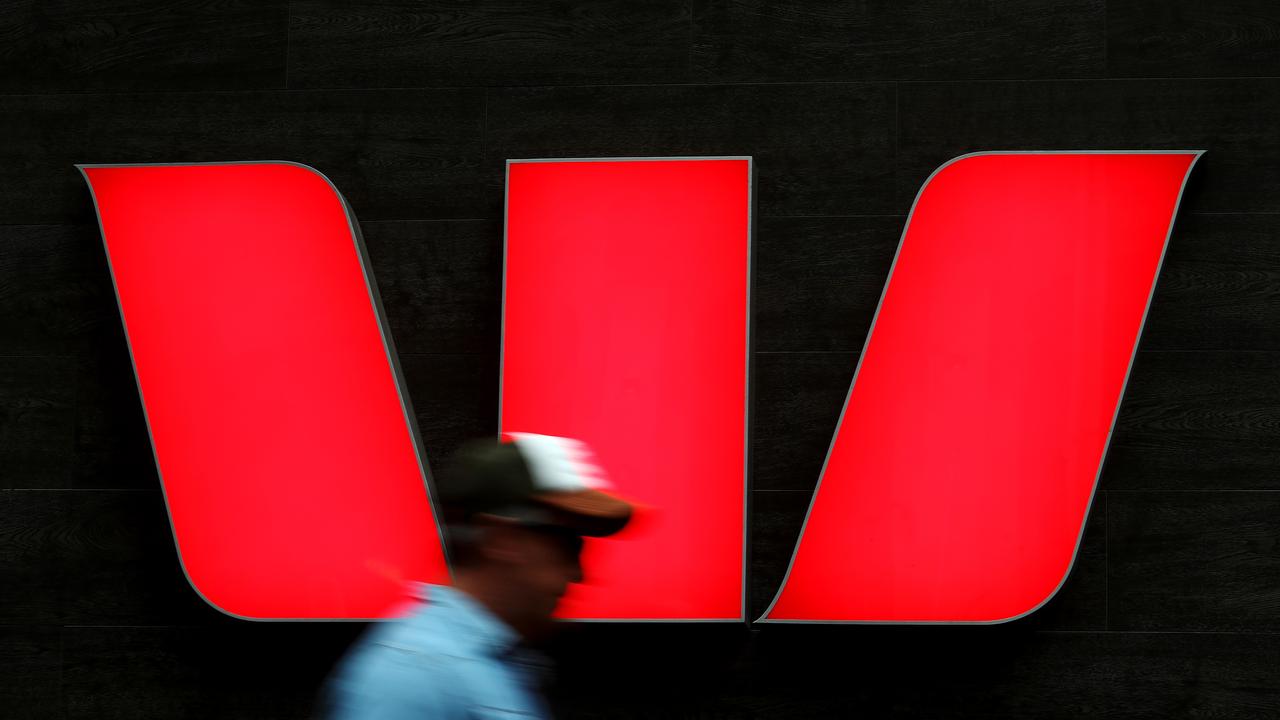Joseph Healy’s $100m Judo attack nears
Joseph Healy has salted away $100m for an all-out assault on the SME market through his new venture Judo Capital.

Joseph Healy, the former head of National Australia Bank’s business bank, has salted away $100 million for an all-out assault on the SME market through his new venture Judo Capital.
Healy has also fast-tracked Judo’s application to APRA for a full banking licence under the old regulatory framework, which requires a minimum of $50m in tier-one capital.
After four years of toil, the word on the street is that Judo’s board and management team will hold a launch party in Melbourne on March 27, when customers and assorted hangers-on will tuck into hors d’oeuvres and a glass of bubbly.
Since we last checked in with Judo in June last year, the company has settled on its board, with former ANZ institutional boss and ex-Myer Family Investments chief executive Peter Hodgson at the head of the table as non-executive chairman.
Co-chief executives Healy and his former NAB colleague David Hornery are executive directors, with Geoff Lord, the founder of the listed UXC group who was a member of John Elliott’s Elders IXL crew, a non-executive director. They join other board members including former federal Coalition cabinet minister Bruce Billson.
Lord is kicking in some handy cash, acquiring an option that expires at the end of next year to subscribe $2m for fully paid “A-class” shares at the same issue price as Judo’s first fundraising.
While it’s a vote of confidence from Lord, the bigger issue for Judo, which reported a loss of $7.2m for the year to June last year, has been its $100m raising from institutional investors and family offices. The raising, to fund Judo and its loan-book growth into the second year of operations, is understood to have been fully subscribed.
In the meantime, the company’s been writing a small number of SME loans to test its systems.
Healy has borrowed the Judo concept from the British challenger banks and specialist SME lenders Aldermore and Shawbrook.
He shrinks from the fintech tag, believing human — rather than financial — capital will be the key to success in the new era of banking.
That means humans, not algorithms, make the credit decisions.
The main distribution channel will be through brokers, with Judo forming partnerships with more than 60 foundation brokers.
Funding so far has come from seed capital raised from management, institutions, family offices and high-net-worths, including an extra $7.5m in convertible notes since balance date.
The total face value of convertible notes issued so far is $16.7m.
Judo paid $2.2m in benefits to key management personnel, including all nine members of the management board, in 2017.
The two co-CEOs deferred $369,615, or six months of their salary, contingent on a minimum successful equity raising.
A further $14,850 is payable to Healy in relation to funds deposited by him with the company in his role as the management representative under the Judo management incentive plan (MIP).
The MIP represents contingent interests in 15 per cent of Judo’s issued capital from the company’s inception to five years after its first fund raising.
Super landmark
A historic inflection point in the nation’s $2.5 trillion superannuation industry is not far away.
On current trends, assets under management (AUM) held by industry funds will overtake the retail funds in the September quarter, with the latter unlikely to ever catch up.
The ascendancy of retail funds has been a permanent fixture of compulsory super since it was introduced in 1992 by the Labor government. The gap remained comfortably large as recently as September 2016, when retail funds accounted for $543.1 billion, or 24.8 per cent of the $2.2 trillion system, compared to $466.5bn, or 21.3 per cent, for the industry funds.
Now, however, the breach has narrowed to $17.2bn, with the retail funds still ahead at 23.9 per cent of an enlarged $2.5 trillion system.
Their rivals are snapping at their heels at 23.2 per cent.
Independent research analysts Core Data reckon the crossover will occur before September, when AUM for the industry funds will be $636.2bn, or 24.1 per cent of the $2.64 trillion system.
The retail funds will be languishing at $635.3bn, or 23.4 per cent.
The industry funds are forecast to first consolidate and then increase their ascendancy, moving up to challenge the leading segment of self-managed super funds.
SMSFs are likely to retain a relatively stable share of the overall market.
Core Data founder and principal Andrew Inwood reckons there are a couple of explanations for the industry funds’ likely dominance.
The first is the strong performance of a handful of professionally-run larger funds such as Australian Super, Cbus and HESTA that continue to focus squarely on members’ interests.
While retail funds have the opportunity to outperform through their distribution networks and dominance of the banking, debt and credit card relationships with customers, the larger industry funds effectively have their product sold through the nation’s workplaces.
They are not distracted to the same extent as the retail funds by the royal commission, which starts its first round of public hearings in Melbourne today.
Despite the retail funds slipping to third position by September, Inwood believes they have the capacity to fight back.
“But it all depends on decisions about what they want to offer, to whom and at what price,” he says.
gluyasr@theaustralian.com.au
Twitter: @Gluyasr



To join the conversation, please log in. Don't have an account? Register
Join the conversation, you are commenting as Logout